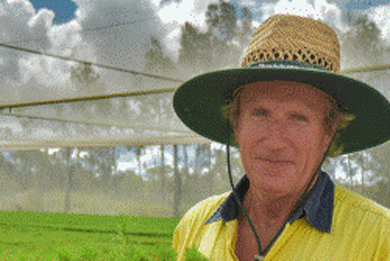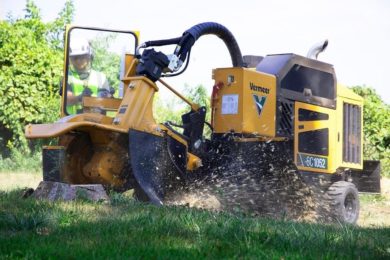A new report has outlined how an emissions trading scheme can maximise the benefits of using wood products as carbon friendly materials and help address climate change.
The report prepared for Forest and Wood Products Australia (FWPA) by Monash University Researcher Alison George, has identified the areas an emissions trading scheme must address in order to maximise wood’s potential as a carbon positive material.
NAFI’s acting CEO, Allan Hansard, said it is scientifically proven that sustainable wood products are a key option for addressing climate change.
“As trees grow they absorb carbon dioxide and this greenhouse gas is then stored in the wood the tree provides. Australia’s sustainably managed forest industry is highly regulated which means every tree harvested must be regrown and new trees can continue to absorb even more carbon dioxide from the atmosphere,” he said.
“The new report has identified how Australia’s emissions trading scheme should be set up so that the carbon saving potential of wood is maximised.
“This includes counting the lifespan of the carbon stored by wood products and then counting the renewable energy which can be derived from these wood products at the end of the wood’s lifecycle.
“However, if industries such as steel, concrete and aluminium are subsidised or compensated for their emissions under a trading scheme, wood products may not be as cost competitive and we may see more emission intensive products used in place of wood.
“There are also issues with certain rules stemming from the Kyoto rules which do not recognise the carbon stored by wood products which must also be addressed.
“NAFI is working closely with government to develop a comprehensive approach to forestry and emissions trading. This includes the role of Australia’s native forests, plantations, carbon in wood products and wood-waste for bioenergy,” Hansard said.






